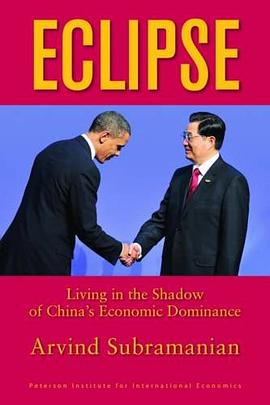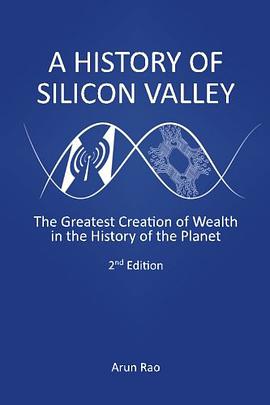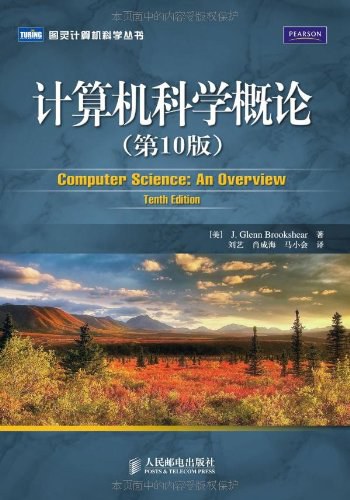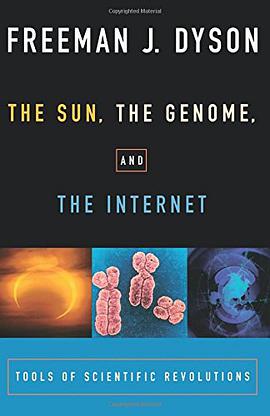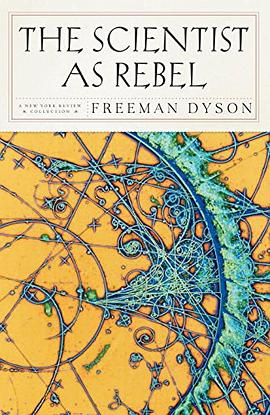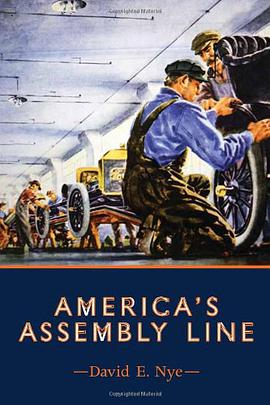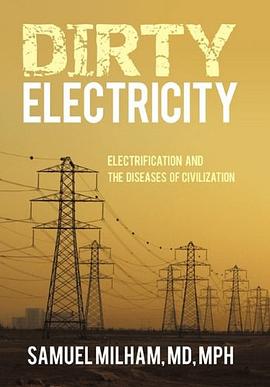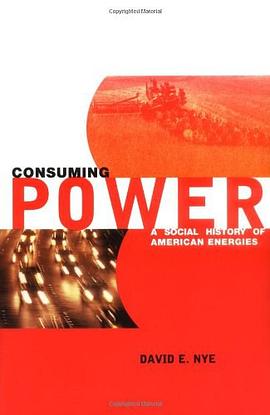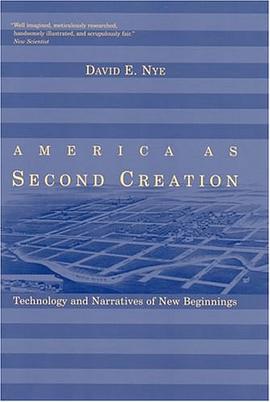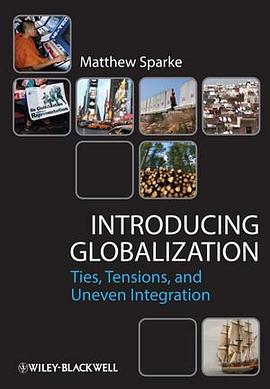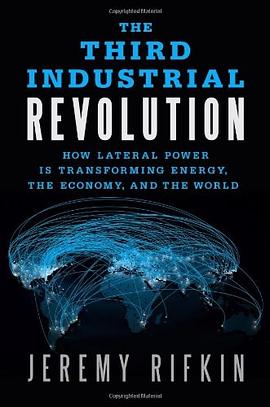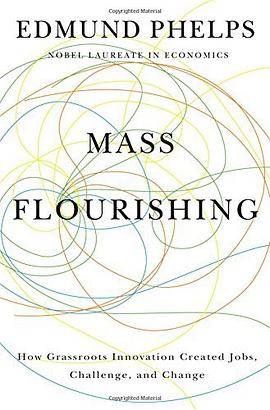Philosophy 豆瓣
作者:
Ayn Rand
Signet
1984
- 11
Who needs philosophy? Ayn Rand's answer: Everyone.
This collection of essays was the last work planned by Ayn Rand before her death in 1982. In it, she summarizes her view of philosophy and deals with a broad spectrum of topics. According to Ayn Rand, the choice we make is not whether to have a philosophy but which one to have: rational, conscious, and therefore practical; or contradictory, unidentified, and ultimately lethal. Written with all the clarity and eloquence that have placed Ayn Rand's objectivist philosophy in the mainstream of American thought, these essays range over such basic issues as education, morality, censorship, and inflation to prove that philosophy is the fundamental force in all our lives.
This collection of essays was the last work planned by Ayn Rand before her death in 1982. In it, she summarizes her view of philosophy and deals with a broad spectrum of topics. According to Ayn Rand, the choice we make is not whether to have a philosophy but which one to have: rational, conscious, and therefore practical; or contradictory, unidentified, and ultimately lethal. Written with all the clarity and eloquence that have placed Ayn Rand's objectivist philosophy in the mainstream of American thought, these essays range over such basic issues as education, morality, censorship, and inflation to prove that philosophy is the fundamental force in all our lives.


